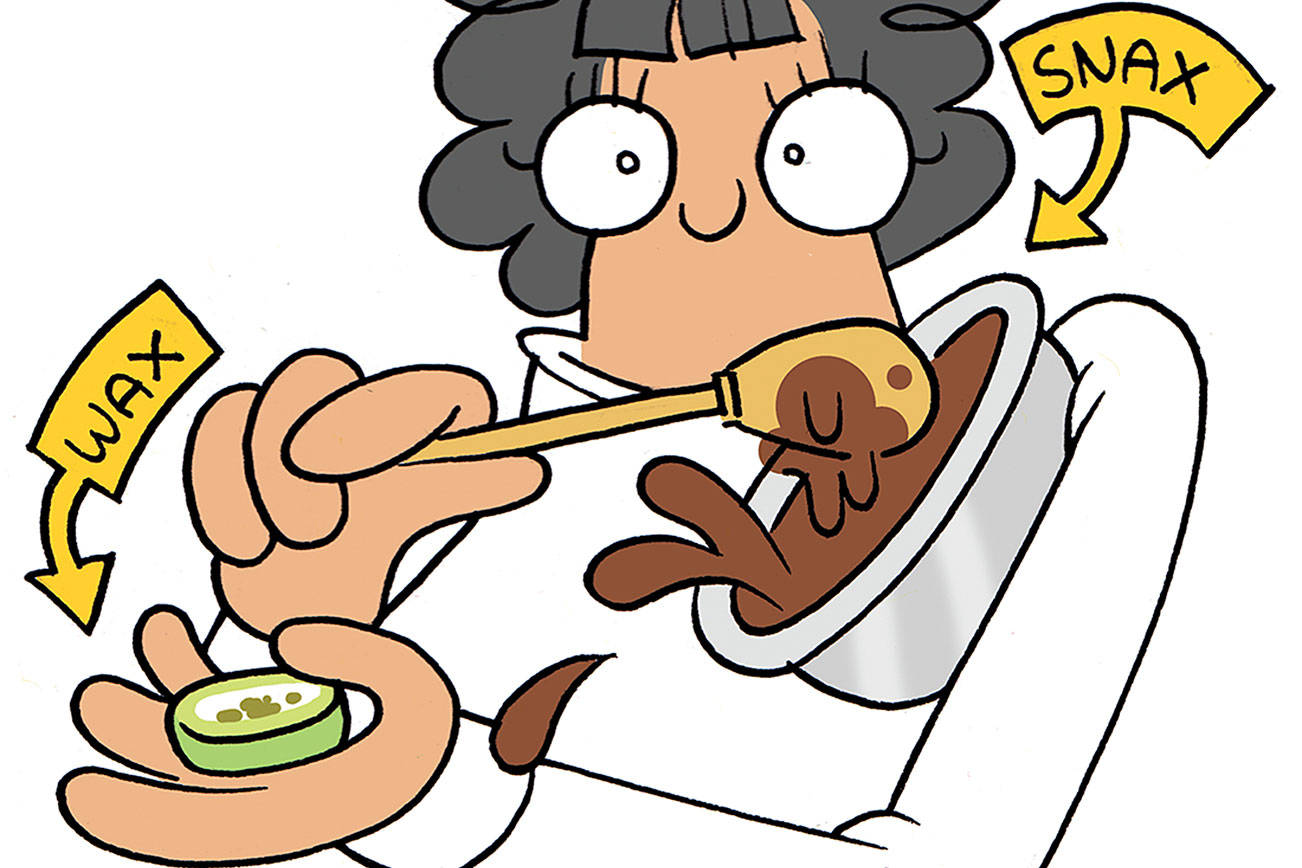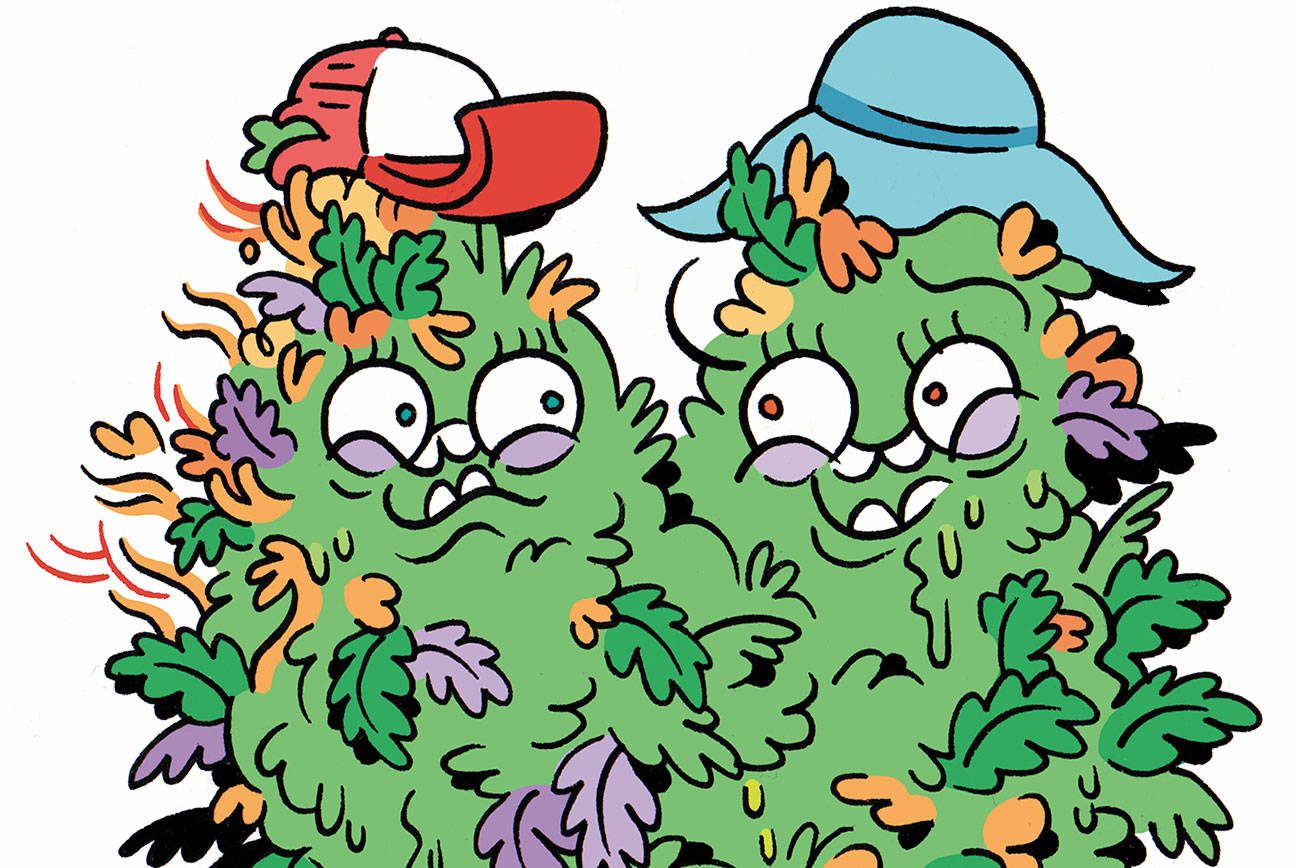On November 1 of this year, Washington State Liquor and Cannabis Board created an entirely new squad with the sole job of measuring the plant canopy at grow facilities throughout the state. Hooray! Just what our state’s cannabis industries needed: more bureaucracy.
The aim of measuring the canopy is to determine and regulate how much usable bud a grow operation is able to produce. By knowing the literal square footage that can be taken up with living plants, the LCB believes it can determine the volume of output. But, as pointed out in a recent article in Dope Magazine, plant canopy can be confusing to measure. For example, in an indoor grow operation, canopy growth tends to stay fairly consistent, but that’s more from necessity than legal obligation. Plants are grown neat and orderly, trimmed into a preferred height and shape to best conform with the “lamp footprint” of the facility. It would be ridiculous to try to change the height of grow lights, or the shapes of grow rooms to accommodate the natural, more unwieldy growth patterns of the plant. However, at an outdoor grow facility, plants can grow as high as they want, producing buds all the way down the plant. “Taking a snapshot from straight above doesn’t even begin to appropriately represent the canopy relative to their indoor counterparts,” writes David Bailey.
The conversation around “canopy growth” sizing and regulation has been at the center of the legalization adventure, as the Tier 1, 2, and 3 licenses are based on the square footage a grower is allowed to maintain. Currently, that’s 2,000, 10,000, and 30,000 square feet respectively. As Lester Black reported in The Stranger a couple months ago, the LCB considered upping the smallest group, Tier 1, from 2,000 to 4,000 square feet, but ultimately decided against it. Washington state currently allows more than 12 million square feet of canopy space in total, which seems like a lot, but there are lots of variables here. No plant grows at it’s maximum yield all year long and, again, indoor versus outdoor produces widely different results, so it’s difficult to really determine how much of that is being used at any given time.
While the state turned down an opportunity to make it easier on our smallest growers by expanding their canopy allowance, they did decide growers could own multiple licenses, so if you have the money, you can buy your way into a larger grow operation. Tier 3 growers will now be able to go from 30,000 to 60,000, or even 90,000 square feet of canopy, which will certainly have an economic impact on cannabis pricing for consumers. As a side note, the larger impact of these massive operations may be on the smallest producers in our state. Faced with insurmountable odds, they may simply fold or be bought out, resulting in our state’s beautiful patchwork of independent heritage growers being slowly subsumed into just a few homogenous mega-growers, the Del Monte’s and Driscoll’s of the cannabis world.
Given the predictability with indoor grows, at whatever size, it would seem this new “canopy growth task force” is going to focus on outdoor grows. A study put out by UW last year stated that only 42 percent of Washington weed is grown indoors. Perhaps this team is working towards making the market a more level playing field for all, ensuring that everyone is following the rules. Or perhaps the new team is focused on getting a better estimate for big business on what an outdoor grow op can produce. We’ll find out soon enough.
stashbox@seattleweekly.com







